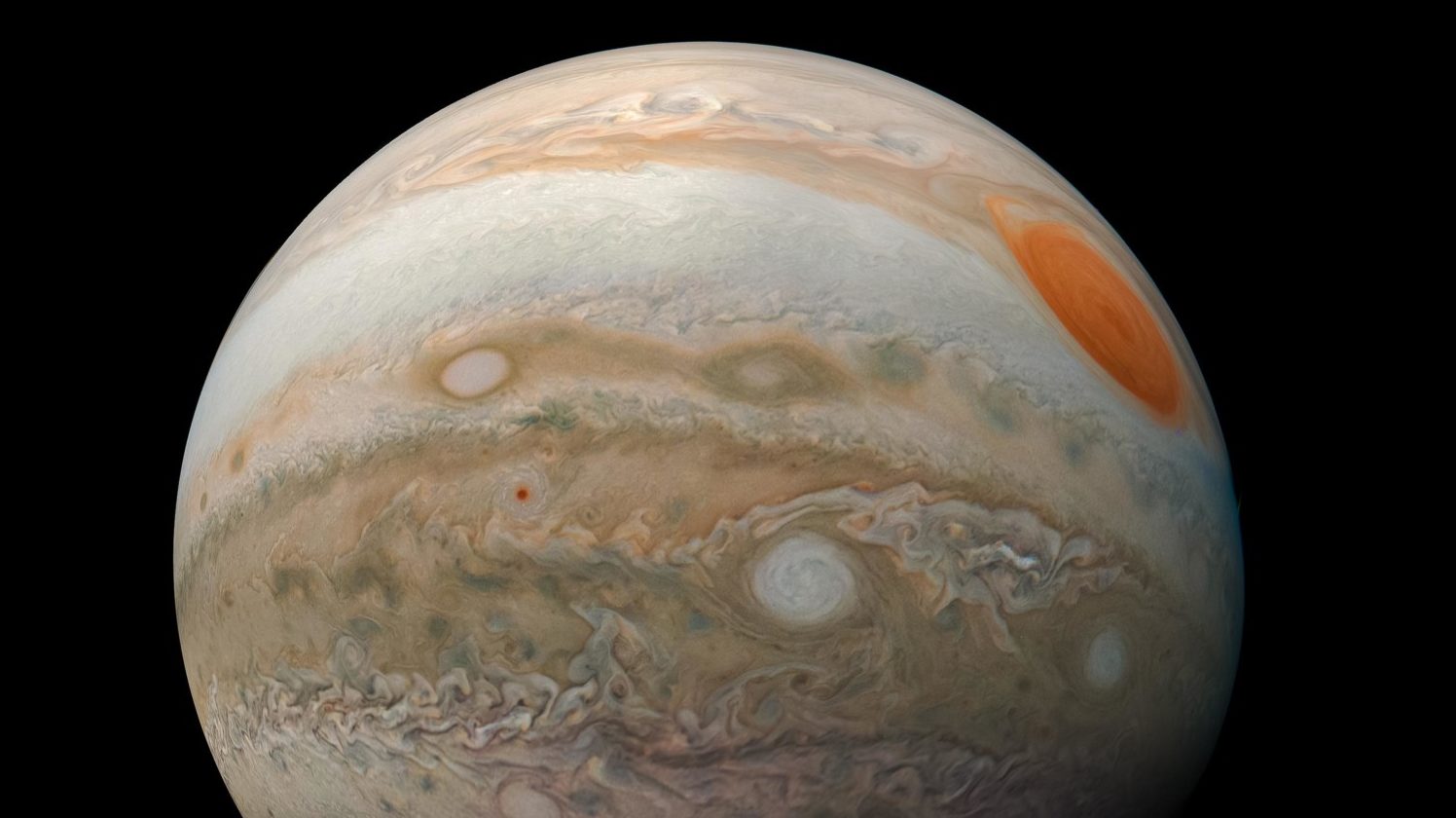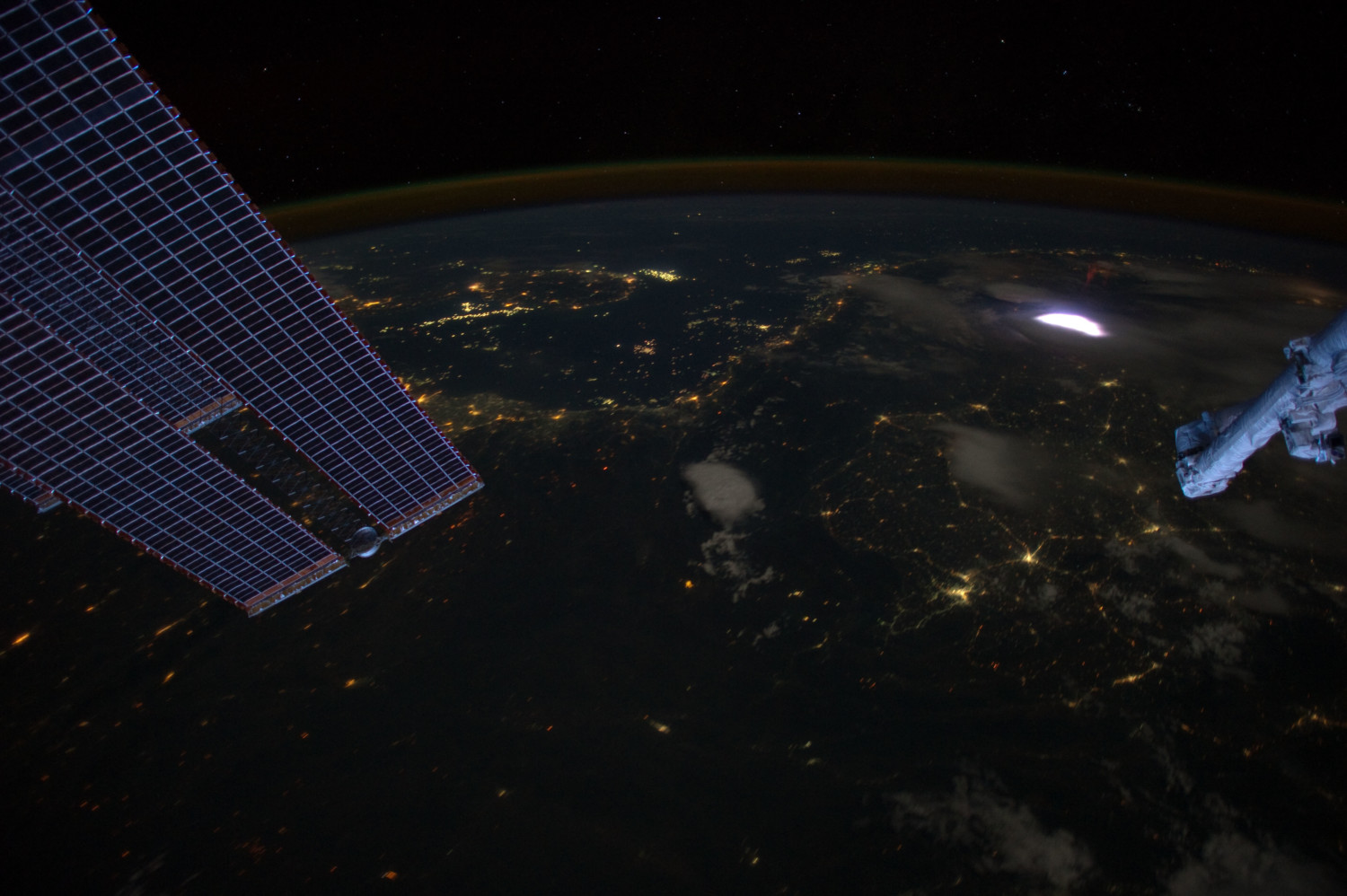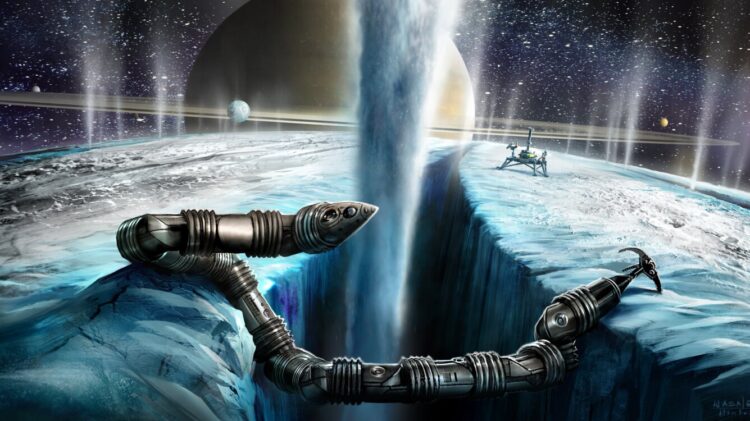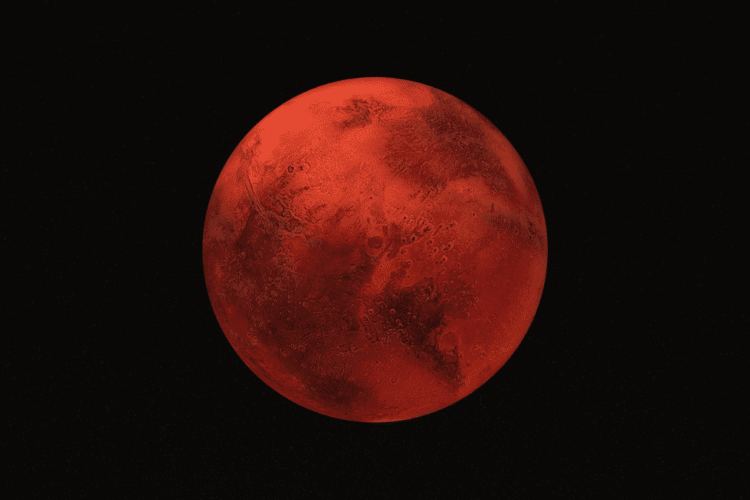NASA spacecraft captures images of ‘sprites’ and ‘elves’ on Jupiter for the first time
NASA’s Juno spacecraft has been orbiting Jupiter since 2016, and it just recently snapped imagery of colorful bursts of electrical flashes.
“Sprites” and “elves,” as they’re called on Earth, were first documented on Earth in 1989 and occur high up in the atmosphere during thunderstorms.
Scientists have hypothesized other planets with lightning would also produce these brilliant events, but this is the first time anyone has ever seen them.
NASA has been collecting images of aurorae in ultraviolet light, and the team of researchers working on the project just noticed these occasional short-lived, bright flashes.
The research team recently published a new study on these brief flashes in the Journal of Geophysical Research: Planets.
Here on Earth, sprites appear as long, red tendrils, and they occur when a lightning strike produces an electrostatic field in high altitudes. You can see one from the International Space Station in this image.
Conversely, when lightning strikes send electromagnetic pulses upward, they produce glowing disks called elves.
The only difference between these electrical events here on Earth and on Jupiter are their color.
Earth’s atmosphere gives sprites and elves a reddish color because of the nitrogen.
On Jupiter, it’s mostly hydrogen, so they likely appear blue or pink.
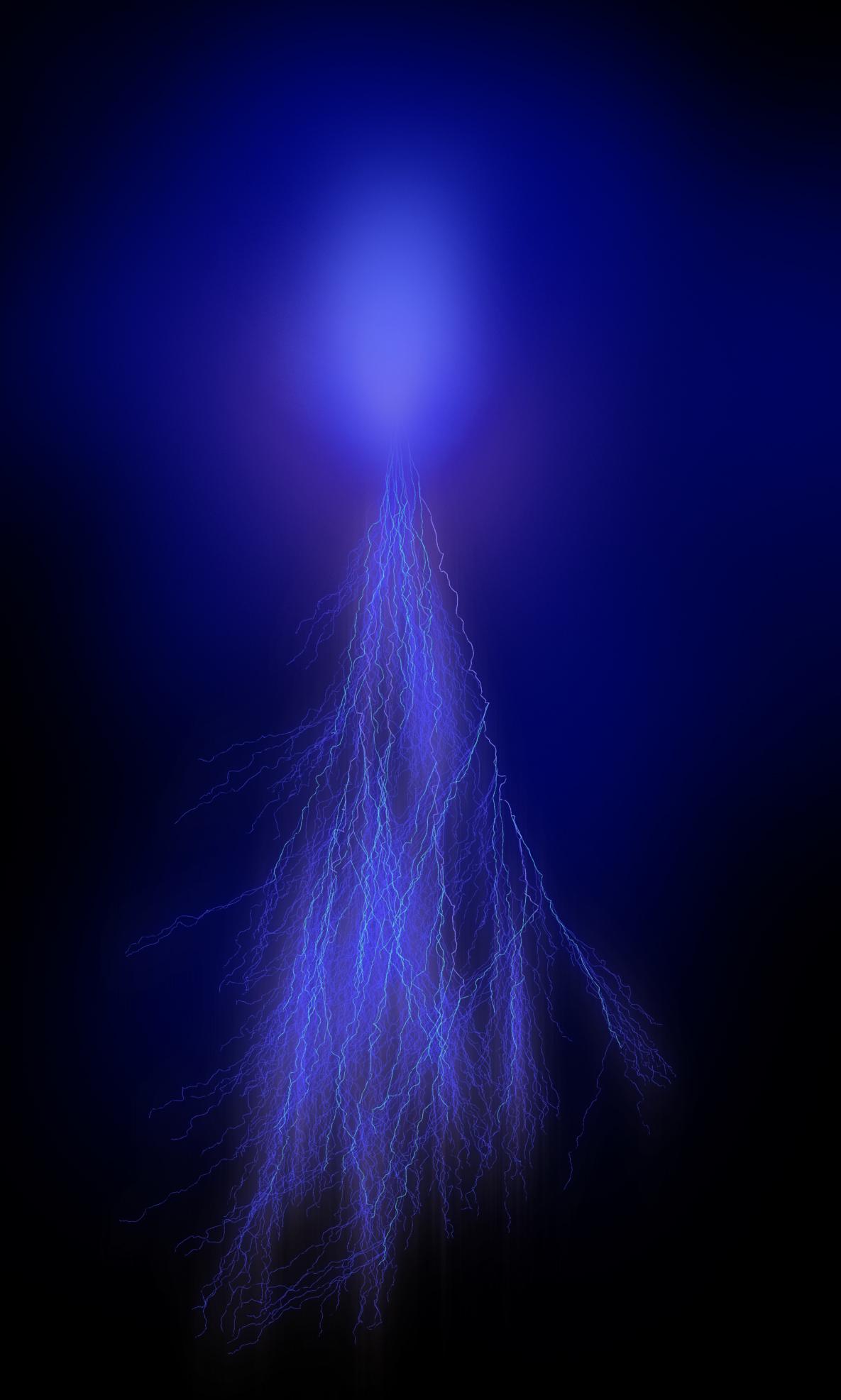
Researchers at NASA found 11 different instances of these sprites and elves after looking over all four years of their data, and they plan to continue searching for more as Juno keeps circling the the biggest planet in our solar system.
Interested in weather on other planets? Watch the video to learn more:
Follow Meteorologist Jason Meyers on Twitter or watch one of his entertaining and educational YouTube videos.


